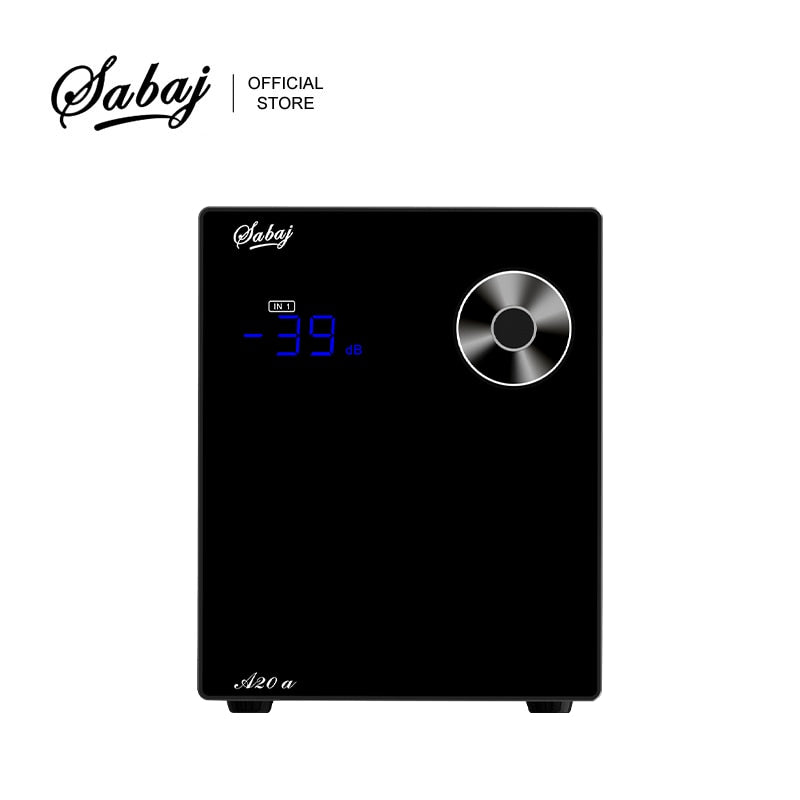Hey Guys, this is very general and broad topic I know but maybe some members who understand this can shed some light.
I have a mckintosh 5300 100W amp, it works very well with medium - high efficiency (Easy to drive) speakers and most bookshelves but I recently took it to a dealers and tried with multiple low - medium 3 ways speakers like the atc SCM 40 passives and some other 'power hungry speakers' and as expected it failed to perform as well as much higher end 125W A/B amps and 250 W class D high end amps.
Theoretically - even if I only need 20W to reach the same DB level then why is class A/B 80 watts sometimes not enough but a Tube 30W is ?
I understand that 'current' and 'capacitance' measurements are also very important with wattage as well as 'Peak & Continuous wattage', so why are these not standard measurements with all amplifiers and dealers keep talking about 'quality of the current' and 'transformer' size but aren't all these measurable in terms of amperes or micro-farhads etc. What are the other measurements that one can email the company for to get a better idea of how much they are capable of besides wattage per channel and distortion etc ?
I started looking at class D amps using pre-optimized chips like Hypex and Purifi that measure well and this company Nord that uses it and has a 1200W per channel amp for about 2 L, the measurements for its 500W amp are here https://www.audiosciencereview.com/...-and-measurements-of-nord-one-nc500-amp.7704/ - it was recommended and had clean power till 200W per channel at 8 Ohms and costs 1L ! Why aren't more people using products like these ? Why aren't more companies selling products with these chips that have proven power (continuous and peak) and low distortion across frequencies ? Or is it just about companies tweaking their product till they get 'the sound' or is it that if they use these chips they can't charge very high prices ?
I know a lot of questions and all over the place but thoughts ?
I have a mckintosh 5300 100W amp, it works very well with medium - high efficiency (Easy to drive) speakers and most bookshelves but I recently took it to a dealers and tried with multiple low - medium 3 ways speakers like the atc SCM 40 passives and some other 'power hungry speakers' and as expected it failed to perform as well as much higher end 125W A/B amps and 250 W class D high end amps.
Theoretically - even if I only need 20W to reach the same DB level then why is class A/B 80 watts sometimes not enough but a Tube 30W is ?
I understand that 'current' and 'capacitance' measurements are also very important with wattage as well as 'Peak & Continuous wattage', so why are these not standard measurements with all amplifiers and dealers keep talking about 'quality of the current' and 'transformer' size but aren't all these measurable in terms of amperes or micro-farhads etc. What are the other measurements that one can email the company for to get a better idea of how much they are capable of besides wattage per channel and distortion etc ?
I started looking at class D amps using pre-optimized chips like Hypex and Purifi that measure well and this company Nord that uses it and has a 1200W per channel amp for about 2 L, the measurements for its 500W amp are here https://www.audiosciencereview.com/...-and-measurements-of-nord-one-nc500-amp.7704/ - it was recommended and had clean power till 200W per channel at 8 Ohms and costs 1L ! Why aren't more people using products like these ? Why aren't more companies selling products with these chips that have proven power (continuous and peak) and low distortion across frequencies ? Or is it just about companies tweaking their product till they get 'the sound' or is it that if they use these chips they can't charge very high prices ?
I know a lot of questions and all over the place but thoughts ?




